
Ingredient
Spring rolls
Delicate Wrappers of Freshness: Exploring the World of Spring Rolls
Spring rolls are typically made with thin rice paper wrappers that are filled with a combination of vegetables, herbs, and sometimes meat or seafood. The wrappers are translucent and slightly chewy when cooked, providing a satisfying contrast to the crispiness of the filling. The fillings can vary widely, but commonly include ingredients such as shredded carrots, bean sprouts, cucumber, lettuce, fresh herbs like mint or cilantro, and cooked proteins like shrimp or chicken. The rolls are usually served with a dipping sauce, such as sweet chili sauce or peanut sauce, which adds a tangy or savory element to the overall experience. Spring rolls are a versatile dish that can be customized to suit different tastes and dietary preferences, making them a favorite among both vegetarians and meat lovers.
Origins and history
Spring rolls have a long history that can be traced back to ancient China, where they were initially made with thin wheat flour wrappers. Over time, they spread to other Asian countries like Vietnam, Thailand, and Indonesia, each region adding its own unique twist to the recipe. In Chinese culture, spring rolls are traditionally eaten during the Spring Festival as a symbol of good luck and prosperity. In Vietnam, they are known as "Goi Cuon" and are a popular street food. Spring rolls have gained popularity worldwide and are now enjoyed in various forms and adaptations across different cuisines.
Nutritional information
Spring rolls are a nutritious choice, as they are typically low in calories and fat. They are packed with vitamins and minerals from the fresh vegetables and herbs used in the filling. The exact nutritional content can vary depending on the specific ingredients and cooking methods used.
Allergens
Spring rolls may contain allergens such as shellfish (if seafood is included in the filling) and gluten (if wheat-based wrappers are used). It is important to check the ingredients and preparation methods if you have any allergies or dietary restrictions.
How to select
When selecting spring roll wrappers, look for ones that are thin, translucent, and free from any tears or holes. Freshness is key, so choose wrappers that are not brittle or dried out. For the filling ingredients, opt for fresh and vibrant vegetables, ensuring they are firm and free from any signs of spoilage. If using meat or seafood, make sure they are of high quality and properly cooked.
Storage recommendations
Spring roll wrappers should be stored in a cool, dry place, away from direct sunlight. Once opened, keep them in an airtight container to prevent them from drying out. Fresh ingredients for the filling should be stored separately in the refrigerator, wrapped in damp paper towels to maintain their crispness and moisture.
How to produce
Growing or producing spring roll wrappers requires specialized equipment and knowledge, making it more suitable for commercial production. However, you can easily make homemade spring rolls by purchasing pre-made wrappers and assembling the fillings yourself.
Preparation tips
To prepare spring rolls, soak the rice paper wrappers in warm water until they become pliable. Place the softened wrapper on a clean surface and add the desired fillings in the center. Fold the sides of the wrapper over the filling, then roll tightly from bottom to top, sealing the edges with a bit of water. Serve the spring rolls immediately or refrigerate them for later consumption. For added crispiness, you can also lightly fry the spring rolls in oil until golden brown. To enhance the flavors, serve with a variety of dipping sauces such as soy sauce, hoisin sauce, or a spicy peanut sauce.
Culinary uses
Spring rolls are commonly served as appetizers or snacks, but they can also be enjoyed as a light meal. They are a popular choice for parties, gatherings, or as a refreshing option during hot summer days. Spring rolls can be customized with different fillings to suit individual preferences, making them versatile and adaptable to various cuisines.
Availability
Spring rolls are commonly available in Asian restaurants and food stalls worldwide. They are also easy to make at home, as the ingredients can be found in most grocery stores or supermarkets.
More ingredients from this category
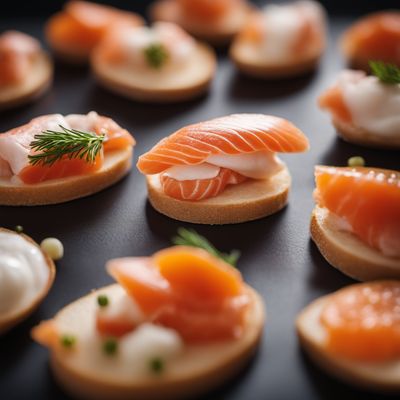
Fish-based canapé
The Elegant Seafood Bite
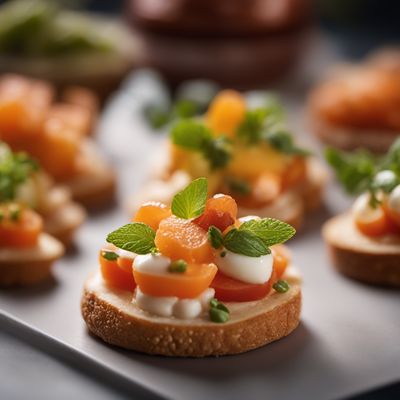
Filled canapé
Bite-sized Delights: Exploring the World of Filled Canapés

Egg-based canapé
Savory Delights
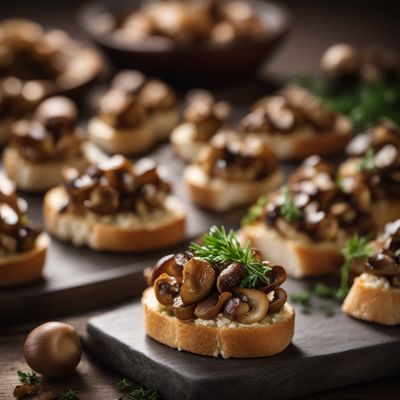
Mushroom crostini
Savory Delights: Exploring the World of Mushroom Crostini
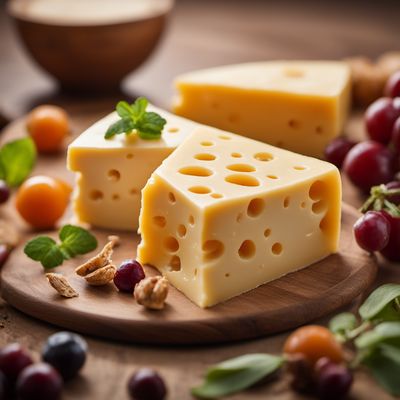
Cheese-based canapé
Savory Bites of Cheesy Delight
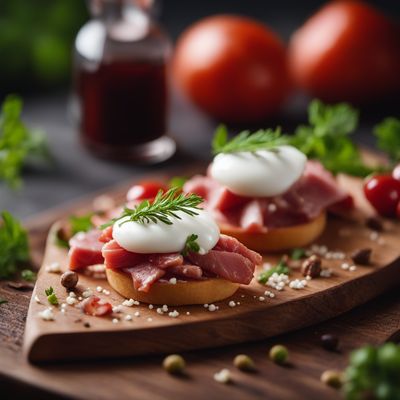
Meat-based canapé
Savory Delights
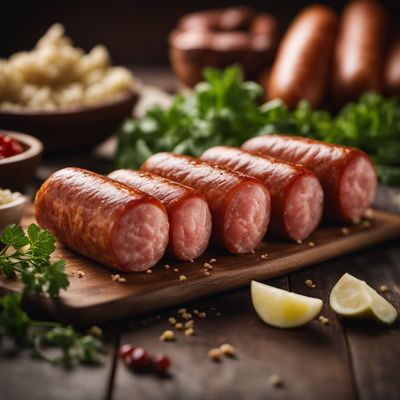
Sausage roll
"Savory Delight: The Perfect Sausage Roll"

Vol au vent
"Puff Pastry Delights: Exploring the Versatility of Vol au Vent"